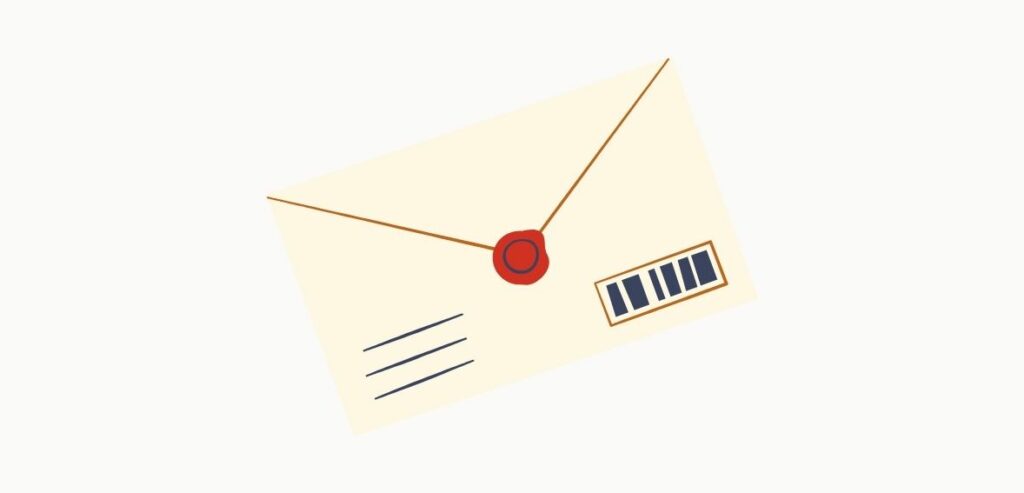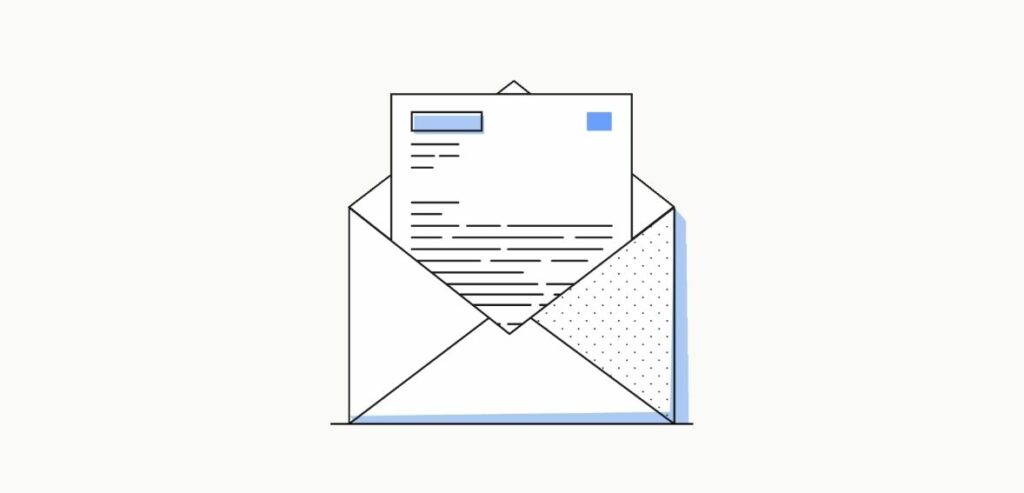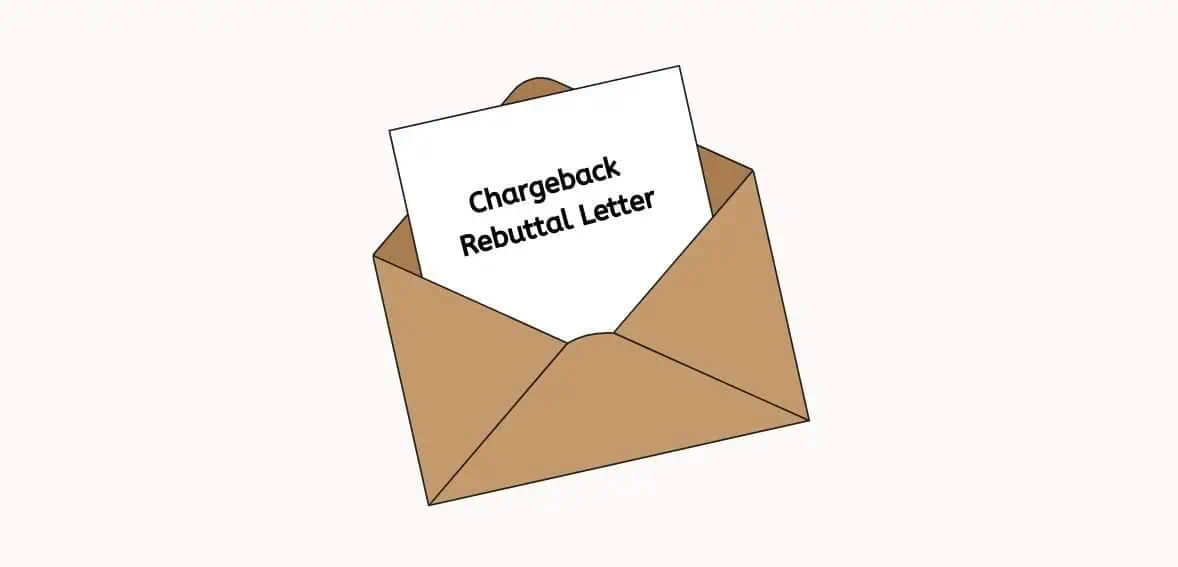Chargebacks significantly threaten many businesses, often leading to their downfall. This could be due to a lack of familiarity with effective practices that prevent unnecessary chargebacks, targeted attacks by seasoned fraudsters, or outdated chargeback management techniques. Unfortunately, chargebacks occur frequently, and merchants should know how to draft strong chargeback rebuttal letters to initiate a claim effectively.
Merchants frequently concentrate on broader issues, such as securing multiple sales channels or combating mobile commerce fraud, and they continuously explore the latest fraud prevention technologies. Although these strategies are crucial, it’s equally essential for merchants to implement measures aimed explicitly at preventing chargebacks.
Regrettably, the task of drafting a chargeback rebuttal letter is often postponed until the last minute or even overlooked entirely. Once a chargeback claim has been initiated, merchants have limited options for defense, making it essential for them to challenge the dispute effectively. A thoroughly prepared and persuasive chargeback rebuttal letter is a critical tool in this fight, and its importance should not be underestimated.
What Are Chargeback Rebuttal Letters?
A chargeback rebuttal letter functions similarly to a cover letter, which is typically used to accompany and elucidate the contents of another document.
For instance, a cover letter is commonly included with a resume or job application. It outlines the reasons why the applicant is suitable for the job and substantiates these claims with evidence provided in the resume.
Similarly, your chargeback rebuttal letter introduces and summarizes the key points of your chargeback response package. It highlights the crucial information and context needed to address the chargeback effectively.
The Significance of Chargeback Rebuttal Letter

If a cardholder disputes a charge appearing on their monthly statement, the issuing bank will first evaluate the claim based on established chargeback reasons before granting the claim. If the claim is approved, the chargeback is then forwarded to your acquiring bank, which will subsequently debit your account and notify you.
Upon receiving this notification, you have two choices: you can either accept the chargeback or challenge it through a process known as representation. Accepting the chargeback means losing the revenue from the sale, any shipped merchandise, and incurring overhead costs like shipping and interchange fees, along with a chargeback fee.
If you choose to challenge the chargeback, you’ll need to prepare a dispute response package, often referred to simply as a rebuttal. At the heart of this package is your chargeback rebuttal letter, which plays a crucial role. It must clearly articulate why the cardholder’s claim is invalid and provide compelling evidence to back your assertion. Essentially, the rebuttal letter serves as a cover letter that summarizes the critical information contained in your response package, guiding the reader through your evidence and arguments.
Key Components of a Rebuttal Letter for Chargebacks
When drafting a rebuttal letter, the primary aim is to demonstrate that the transaction was legitimate and the chargeback is unfounded. Here’s what to include to convey this to the reader clearly:
1. Dispute-Specific Information
Please detail the specifics of your dispute: include the chargeback reason code, the customer’s name, the transaction amount, and a brief description of the purchased item.
2. Identifying Information
Ensure that both your bank and the card issuer can easily link your response to the specific chargeback. Refer to your chargeback notice and include vital identifiers such as the acquirer reference number (ARN), the chargeback case number, and the dispute ID. Also include the business name and the merchant account number (MID) that processed the transaction.
3. Business Overview
Provide a snapshot of your business to give context to the transaction. Describe the goods or services you offer and the sales environment (e.g., online, over the phone, via subscription).
4. Call to Action
Clearly state your desired outcome: the reversal of the chargeback. While it may seem obvious, explicitly stating this goal reinforces your request to the issuing bank.
5. Highlight of Compelling Evidence
Summarize the key evidence in your dispute response, emphasizing the most critical aspects supporting your case. The evidence required varies depending on the chargeback reason code. Common supporting documents include:
- Positive confirmations from identity verification tools such as CVV, AVS, or 3D Secure.
- Email interactions between your business and the cardholder.
- Sales receipts, order forms, or contracts.
- Delivery confirmations or usage logs.
Consider consulting with chargeback management experts for detailed guidance on what documents or evidence are best suited for your case.
Sample Template for a Chargeback Rebuttal Letter

Dear [Bank’s or Cardholder’s Name],
I am writing to formally contest chargeback [number] with reason code [code number and description]. This charge relates to a legitimate purchase of [description of item] from our [physical/online] store on [transaction date]. To support our claim, we have included comprehensive evidence as follows:
- Digital receipts confirming the cardholder’s purchase.
- Additional receipts, along with IP address data that verify the purchase was indeed initiated by the cardholder.
- Delivery confirmation receipt, including any customer signatures that validate the delivery date.
We firmly contest this chargeback as we believe our documentation demonstrates the transaction was conducted with the cardholder’s full knowledge and consent.
[Alternatively, in cases where the delivery is disputed]: We assert that our evidence confirms the cardholder did receive the item purchased from us.
Please do not hesitate to contact us if you require further information on this matter. We are prepared to supply any additional details necessary to clarify this matter.
Best regards,
[Your Name]
[Your Company]
[Your Contact Information]
This template serves as a foundation that can be tailored to suit any transaction dispute. It includes all vital information and evidence relevant to the dispute and emphasizes your willingness to cooperate fully to substantiate your claim.
Writing an Effective Chargeback Rebuttal Letter

Creating an effective chargeback rebuttal letter requires tailoring it to the specific details of the case yet keeping it concise. Use bullet points, brief sentences, and persuasive language to clearly present your argument.
Essential Elements of a Chargeback Rebuttal Letter:
- Clearly state the reason code associated with the chargeback.
- Specify the dollar amount you are disputing.
- Outline the evidence that supports the validity of the original transaction.
The final point is crucial as it forms the basis of your argument against the cardholder’s dispute, asserting the legitimacy of the transaction and the grounds for reversing the chargeback. Begin the letter by addressing the chargeback reason code. Explain concisely why the cardholder’s reasons for disputing the charge are unfounded, and detail the evidence that supports your claim.
For instance, if the dispute claims an unauthorized purchase due to fraud, you might illustrate that the transaction was made from an IP address previously used by the customer, and the delivery was confirmed to an address that matches prior transactions and the card’s billing address. Attach supporting documents that substantiate each point.
A bank employee reviewing this letter will likely skim the attached documents to verify the assertions made, potentially leading to a reversal of the chargeback.
Remember, avoid verbose and complex language. Lengthy, unnecessary details not only dilute the impact of your main points but may also frustrate the reviewer, jeopardizing your case. Keep the letter direct, and let your solid evidence speak for itself. With well-prepared documentation, your chances of success in the representation process are significantly increased.
Guidelines for Writing Your Chargeback Rebuttal Letter
When preparing your chargeback rebuttal letter, consider these tips to make your response effective:
Customization
While developing a “template” for common responses in your rebuttal letters is an efficient process, remember to personalize each letter with specific details relevant to the dispute. Tailoring each response ensures accuracy and addresses the unique aspects of each case.
Formatting
Ensure your letter is easy to navigate. Use bold text and bullet points to highlight key information, helping the reader grasp the essential points quickly.
Structure
Adopt a traditional letter format for clarity:
- Start with a formal greeting such as “Dear Sir or Madam” or “To whom it may concern.”
- Organize the main content in the body of your letter.
- Conclude with a polite closing, such as “Sincerely” or “Thank you for your time.”
Professionalism
Several individuals will review your rebuttal letter, so maintain a professional tone throughout. Avoid emotional or confrontational language. The decision on your rebuttal will depend significantly on how clearly and persuasively your case is presented. Proofread for spelling, grammatical errors, and clarity to prevent any misunderstandings or distractions from your main points.
Common Mistakes to Avoid in Chargeback Rebuttals
- Insufficient Evidence
A frequent error is not providing enough evidence to back your case. Essential evidence might include order details, transaction receipts, shipping documentation, and correspondence with the customer.
- Generic Responses
Utilizing a one-size-fits-all template that fails to address the specific nuances of the disputed transaction can undermine the strength of your rebuttal.
- Emotional Language
Including emotional language or placing blame on the customer in your rebuttal letter can worsen the situation and increase the likelihood of the dispute escalating.
- Ignoring the Root Cause
Simply disputing the chargeback without identifying and addressing the underlying cause can lead to repeated chargebacks and harm your reputation.
- Missing Deadlines
Failure to submit your rebuttal letter within the required timeframe can result in the dispute being automatically forfeited, regardless of the validity of your arguments.
Can a Chargeback Rebuttal Letter Help Your Case?

Yes, a well-crafted chargeback rebuttal letter can significantly benefit your case. When you compose the letter professionally and include compelling evidence that covers all pertinent details of the transaction, it becomes a crucial tool in your arsenal to win the dispute and potentially recover all lost revenue.
While writing a winning chargeback rebuttal letter may seem time-intensive, the effort is worthwhile if you have solid proof to support your dispute. Investing extra time to include all necessary information can help you construct a strong, persuasive case that increases your chances of success.
Strategies to Prevent Chargebacks
Preventing chargebacks is crucial for maintaining a healthy business and reducing financial losses. Here are some proactive measures to help you manage and reduce the incidence of chargebacks:
- Clear Refund Policy: Communicate your refund policy clearly to ensure customers understand it, and make the refund process simple and straightforward.
- Discreet Billing: On sensitive purchases, such as those from an adult website, use nondescript company information on billing statements to protect customer privacy.
- Detailed Product Descriptions: Provide thorough descriptions, ample photos, and, when relevant, videos and sizing details to help customers know exactly what they are purchasing.
- Fraud Prevention Services: If facing a high chargeback ratio, consider employing a third-party service that performs automated transaction reviews to detect and prevent fraudulent activity.
- Reliable Communication and Shipping: Maintain clear, ongoing communication with your customers. For shipped goods, always use delivery confirmation to ensure products reach their intended recipients.
- Tracking for Deliveries: Implement a tracking system for all deliveries to provide both you and your customers with real-time status updates.
- Enhanced Security Measures: Use 3-D Secure Protocol (3DS) for additional fraud protection for credit card transactions.
- Monitor for Red Flags: Look for signs of fraud, such as inconsistent shipping addresses, sudden changes from domestic to international locations, or frequent updates in contact details.
- Exceptional Customer Service: Provide outstanding customer support. Responsive and considerate service can resolve issues effectively, potentially restoring customer trust and loyalty, even in contentious situations.
Alongside these preventive strategies, crafting an effective chargeback rebuttal letter is vital. It should comprehensively detail all transaction data and include convincing evidence demonstrating the transaction was conducted with the customer’s full consent. Investing time in creating a robust chargeback response template or sample can significantly aid in successfully contesting chargebacks and securing a favorable resolution.
Conclusion
Navigating the complexities of chargebacks requires businesses to implement effective strategies and utilize well-crafted rebuttal letters. Chargebacks present a significant threat to businesses, often stemming from various factors such as fraud, outdated management techniques, or insufficient prevention measures.
Merchants must prioritize preventing chargebacks by implementing specific measures tailored to address them directly. However, preparing a thorough chargeback rebuttal letter cannot be overstated. This letter serves as a critical tool in effectively challenging disputes, providing a structured framework to present compelling evidence and arguments. By following guidelines for drafting and submitting rebuttal letters and implementing proactive chargeback prevention strategies, businesses can mitigate financial losses and maintain a healthy operational environment.
Frequently Asked Questions
What is a Chargeback Rebuttal Letter?
A chargeback rebuttal letter is a formal defense against a cardholder’s chargeback claim, summarizing evidence to dispute the claim and request its reversal, aiming to prove the chargeback’s unwarranted nature.
How Do I Write a Chargeback Rebuttal Letter?
Write a concise, factual letter including identifiers like the chargeback reason code and transaction details, summarize transaction facts and evidence, and request chargeback reversal professionally, avoiding emotional language.
What Should Be Included in a Chargeback Rebuttal Letter?
Include chargeback identifiers, transaction details, a brief description of the transaction, and evidence supporting its legitimacy. Provide merchant account numbers and transaction IDs for case linkage.
Are There Templates Available for Chargeback Rebuttal Letters?
Yes, templates are available but should be customized to address specific case details, including transaction descriptions, evidence, and reasons for disputing the chargeback, as generic templates may weaken the case.

